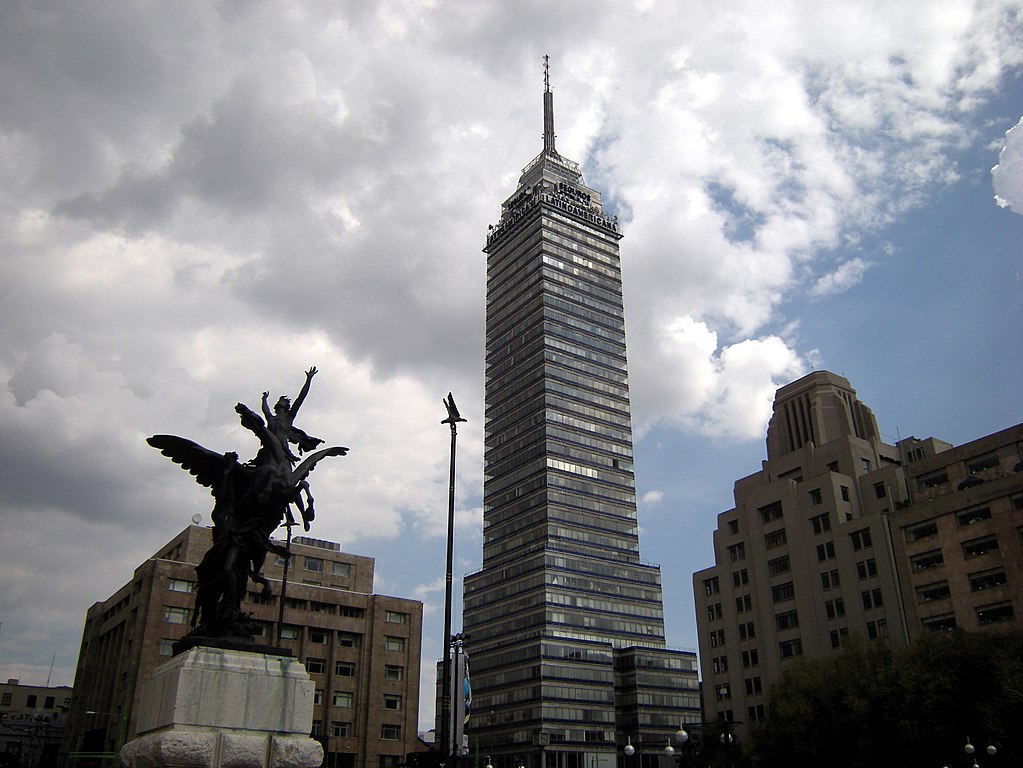

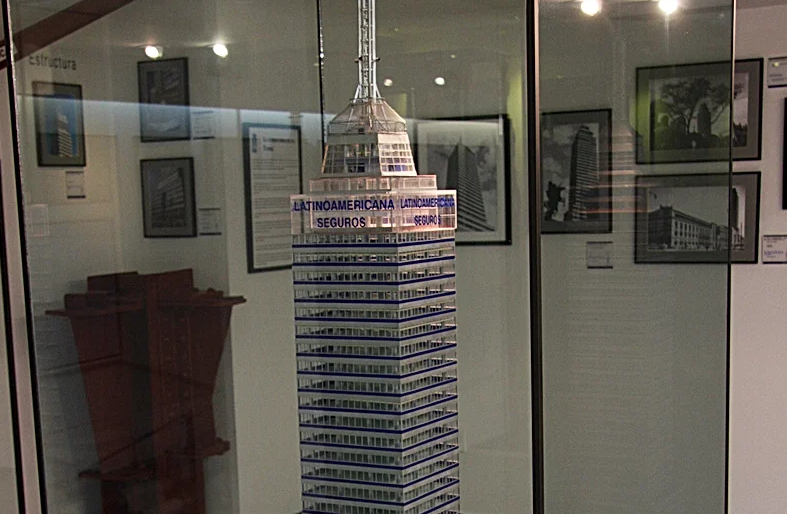
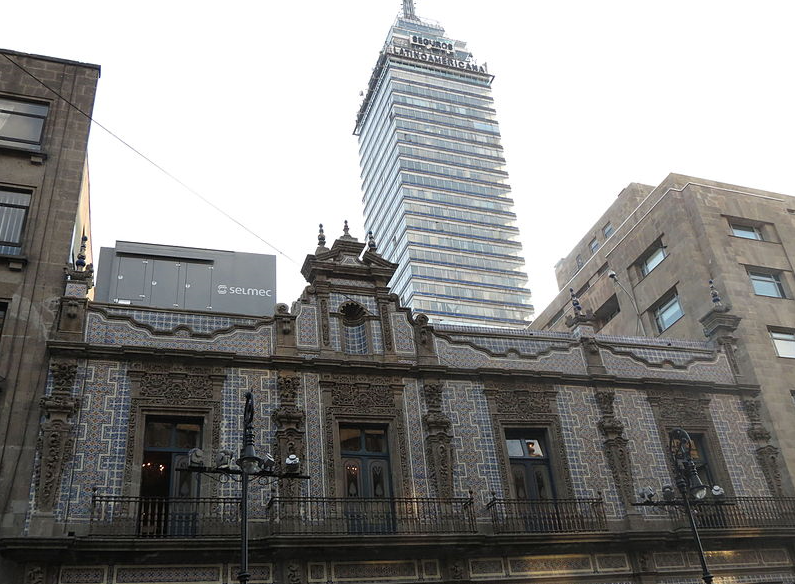
The Torre Latinoamericana is the most popular viewing platform of the few there are in Mexico City. It’s a favorite destination for visitors from abroad, and you’re just as likely to meet longtime residents on your way up.
At 44 stories, the skycraper stands at 166 meters in height and extends some distance into the lakebed and bedrock beneath the city. It was the tallest building in the city from 1956 until 1982 when the Pemex Tower opened.
It’s famous worldwide as the first skyscraper successfully built in a highly active seismic zone.
Current occupants include the Museo del Bicentenario, the Miralto restaurant, a permanent and temporary exhibition space, a café and the most famous viewing platform in the city.
Quick facts on the Building
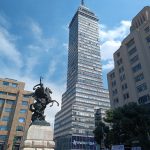 Construction began in 1948 and concluded in 1956. The architectural style is "functional," with 44 floors, an observation deck, and a restaurant. Unparalleled views of the city from the 182-meter high tower are the main attraction of the building, which has survived several earthquakes in impeccable condition. It was the tallest building in the capital until 1972 when the World Trade Center was completed.
Construction began in 1948 and concluded in 1956. The architectural style is "functional," with 44 floors, an observation deck, and a restaurant. Unparalleled views of the city from the 182-meter high tower are the main attraction of the building, which has survived several earthquakes in impeccable condition. It was the tallest building in the capital until 1972 when the World Trade Center was completed.
Heart of México Walking Route: Alameda Central - Madero
<< Palacio de Bellas Artes | Atrio y Templo de San Francisco >>
Proyecto “Corredor de Cultura Digital”.
Nombre de la investigación: Investigación Centro Histórico, Monumentos, Edificios y Puntos de Interés (2023)
Dirección de investigación y diseño de Rutas: Acércate al Centro A.C. Guadalupe Gómez Collada
Coordinación e investigación histórica: Fideicomiso del Centro histórico Dir. Maestra Loredana Montes
 5518 7423
5518 7423
 https://www.miradorlatino.com/
https://www.miradorlatino.com/
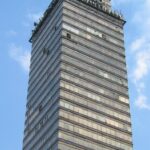
Nearest at 0.00 kms.
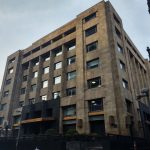
Nearest at 0.03 kms.

Nearest at 0.04 kms.
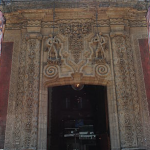
Among the strongest places to see historical and colonial period art works . . .

Bellas Artes has long been an iconic symbol of Mexico City's culture and performing arts.

One of Pedro de Arrieta's most lasting contributions to the look and feel of the City.
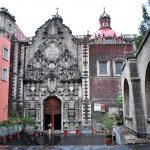
One of the oldest places on today's calle Madero, the temple is only accessible through a remaining side chapel.
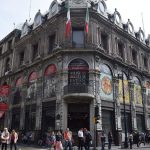
One of the most eclectic of museums, at home in one of the most dynamic of late 19th century buildings.